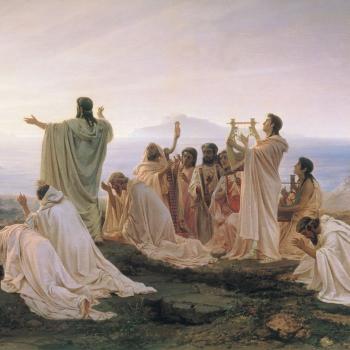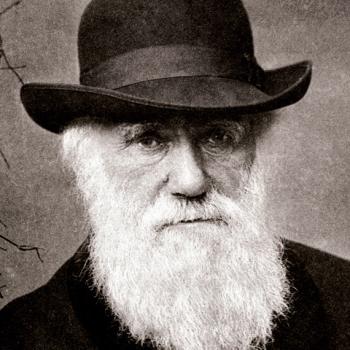
According to William Dembski, while both contingency and complexity are required for the inference of design to kick in, neither contingency nor complexity nor even a combination of the two is sufficient to fully justify such an inference. Both must be present. along with what Dembski calls specificity or specification.
If an object or an event is to be properly described as “designed,” he says, it must exhibit a pattern that is independent of mere improbability. Another way of putting this would be to say that the pattern of improbable and contingent factors in the event or object must be specified ahead of time, not merely fabricated after the fact. If, for example, you were to randomly throw a dart at the side of a barn, the dart would definitely land somewhere. And its specific landing place would be, in a sense, improbable. After all, you had the entire barn wall in front of you, and the dart could have landed at virtually any place on that wall. So any specific place where it actually hit would be just one of many possible landing places. It would be random. But if, then, after your dart was already firmly stuck in the barn wall, you were to draw a circle around it and to begin to boast about your impressive dart-throwing prowess, given that you hit that particular place out of many possible others, that would be an after-the-fact fabrication. Only if you had told us in advance that you were going to hit, say, the apostrophe in the faded sign on the barn wall for Professor Brown’s Famous Elixir — and only after you had actually hit it — would you be in any position to boast. This would suggest real skill, and not mere luck.
The purpose of Dr. Dembki’s “design filter” is to provide a considered and rigorous method for distinguishing instances of what he calls “specified complexity” from the products of the mere interaction of chance and necessity. Specified complexity, he argues, is an indicator of the involvement, in the emergence of a given event or object, of intelligence.
So far, so good. So far, perhaps, not even very controversial. Where the (fierce) controversy ensues is when Dr. Dembski proposes to apply his “design filter” to objects or events in the natural world — to the macrocosm or universe at large and on the microcosmic level of the biological cell and the information content that it contains. To some, it appears, the very thought of doing so is profoundly upsetting.
In outline, Dr. Dembski’s application of the “design filter” goes as follows in a case where a designed object or event is successfully identified:
- X is either designed, or the result of random chance, or the result of necessity (natural law), or the result of a combination of chance and necessity.
- X is not the result of chance or necessity or a combination of the two.
- Therefore, X is the result of design.
One of the examples of design that I gave in the first installment of this little mini-series was Gutzon Borglum’s famous array of sculpted presidential faces on Mount Rushmore, in South Dakota. Natural laws and random chance clearly explain Mount Rushmore itself. But the faces of Washington, Jefferson, Lincoln, and Roosevelt that are carved into it cannot reasonably be explained as natural occurrences because of (1) their contingency, (2) their complexity, and (3) their independently-specified pattern — which is to say, the obvious fact that they were intended beforehand to depict four presidents of the United States of America. The sculptures on Mount Rushmore are, beyond reasonable dispute, products of intelligent design. And we would recognize this even if we were to stumble across them for the first time, seeing them from a sudden clearing in the trees and knowing nothing of either Gutzon Borglum or the history of the American presidency.
To be continued.












